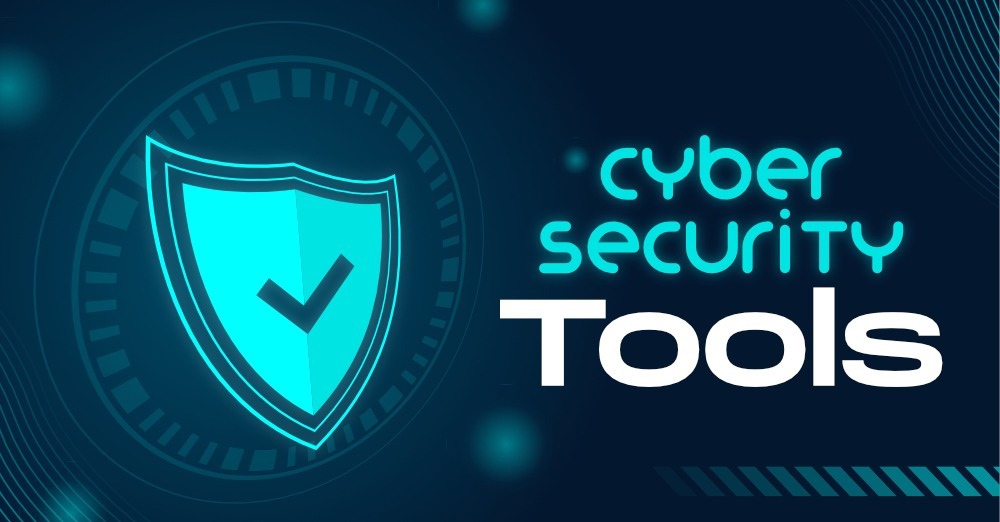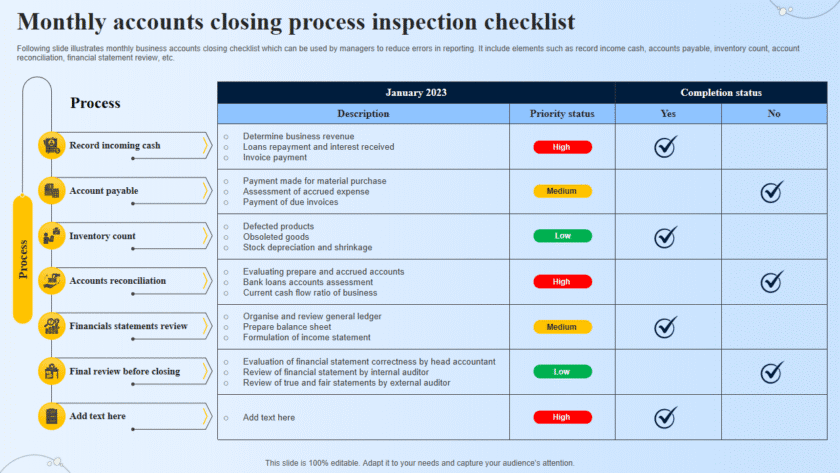The Evolution of Cybersecurity Regulations and Compliance
The landscape of cybersecurity regulations and compliance has evolved significantly over the years to address the growing threats and complexities of the digital world. As cyber threats have become more sophisticated, governments and regulatory bodies worldwide have introduced stringent regulations to protect data, ensure privacy, and maintain the integrity of information systems. Here’s a detailed look at the evolution of cybersecurity regulations and compliance:
1. Early Regulatory Efforts
- Data Protection Act (DPA) 1984: One of the first laws focused on data protection, enacted in the UK to regulate the processing of personal data.
- Computer Fraud and Abuse Act (CFAA) 1986: Enacted in the US to address computer-related offenses and unauthorized access to computer systems.
2. The Rise of Comprehensive Frameworks
- Health Insurance Portability and Accountability Act (HIPAA) 1996: US regulation focused on protecting healthcare information, setting standards for electronic health transactions and privacy.
- Gramm-Leach-Bliley Act (GLBA) 1999: US law requiring financial institutions to explain their information-sharing practices and safeguard sensitive data.
3. Globalization of Data Protection
- European Union Data Protection Directive 1995: Laid the foundation for data protection laws across the EU, focusing on the processing and free movement of personal data.
- General Data Protection Regulation (GDPR) 2018: A significant milestone in data protection, GDPR set rigorous standards for data privacy and protection, applying to all organizations handling EU citizens’ data, regardless of location.
4. Sector-Specific Regulations
- Payment Card Industry Data Security Standard (PCI DSS) 2004: Industry standard for organizations handling credit card information, aimed at reducing credit card fraud through increased controls around data.
- Federal Information Security Management Act (FISMA) 2002: US law requiring federal agencies to develop, document, and implement an information security program.
5. Modern Regulations Addressing Emerging Threats
- California Consumer Privacy Act (CCPA) 2020: US state law granting California residents new rights regarding their personal data, including the right to know what data is collected and the right to request deletion.
- New York Department of Financial Services (NYDFS) Cybersecurity Regulation 2017: Requires financial services companies to establish and maintain a cybersecurity program designed to protect consumers and ensure the safety and soundness of the financial services industry.
6. Emergence of International Standards
- ISO/IEC 27001: An international standard for information security management systems (ISMS), providing a framework for managing sensitive company information.
- NIST Cybersecurity Framework: Developed by the US National Institute of Standards and Technology, this voluntary framework helps organizations manage and reduce cybersecurity risks.
7. Evolving Compliance Requirements
- Continuous Monitoring: Modern regulations emphasize the need for continuous monitoring and real-time threat detection to ensure ongoing compliance.
- Incident Reporting: Regulations increasingly require timely reporting of data breaches and security incidents to regulatory bodies and affected individuals.
8. Focus on Data Privacy and User Rights
- Right to Access: Regulations like GDPR and CCPA grant individuals the right to access their data and understand how it is being used.
- Right to Deletion: Individuals have the right to request the deletion of their data under certain conditions, enhancing their control over personal information.
9. Increased Enforcement and Penalties
- Hefty Fines: Non-compliance with regulations such as GDPR can result in significant fines, emphasizing the importance of adhering to regulatory requirements.
- Public Disclosure: Organizations may be required to publicly disclose data breaches, impacting their reputation and consumer trust.
Conclusion
The evolution of cybersecurity regulations and compliance reflects the increasing importance of protecting data in an interconnected world. As cyber threats continue to grow in complexity, regulatory frameworks are becoming more robust, focusing on data privacy, security, and user rights. Organizations must stay informed about regulatory changes and implement comprehensive cybersecurity measures to ensure compliance and protect their data assets. By doing so, they not only avoid legal repercussions but also build trust with customers and stakeholders.






